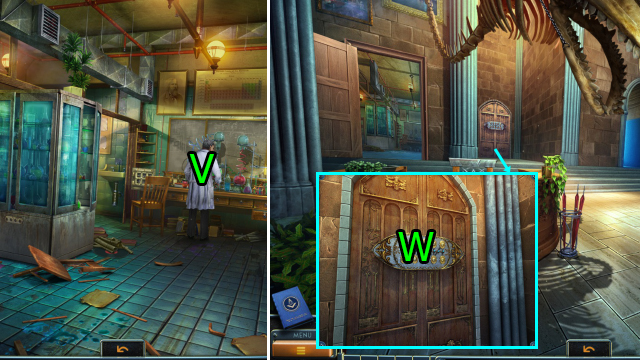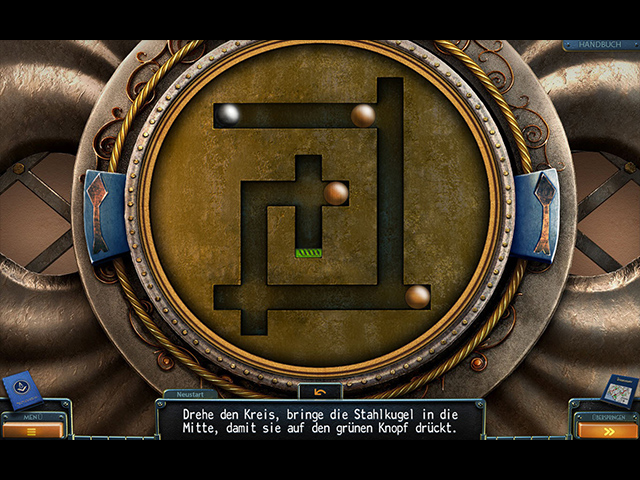

My own contribution, which is a shorter version of an essay in The Conversation, locates the Flint crisis as the legacy of choices made over a century ago to rely on this toxic metal for water pipes, and looks at the difficulties we’ve faced in grappling with the consequences of this decision. He suggests that this resemblance can inform the choices we now face about a way forward.įinally, historian Chris Warren explores an intriguing parallel between how doctors have understood lead in the human body and how we can understand the lead that we’ve built into our environments. We’ve also embedded below a recording of “The Flint Water Crisis: A Panel Discussion” at Michigan State University, held on November 19, 2015.

The discussion features the voices of Flint’s community activists and first-person accounts of their experiences. Today’s roundtable in Edge Effects is a special edition of what will become our inaugural roundtable for the launching of a new H-Envirohealth next week. It offers a foretaste of what this newest member of the H-Net family will offer, as the main digital and communications vehicle for a new scholarly network founded last year, the History of Environment and Health Network (HEHN). In addition to developing H-Envirohealth, HEHN plans to meet regularly and organize other activities at scholarly conferences such as the American Society for Environmental History and the American Association for the History of Medicine.

To join in, we invite you sign up for H-Envirohealth by signing up at H-Net Commons. Once you’ve signed up, you can subscribe to H-Envirohealth and access other H-Net features.


 0 kommentar(er)
0 kommentar(er)
